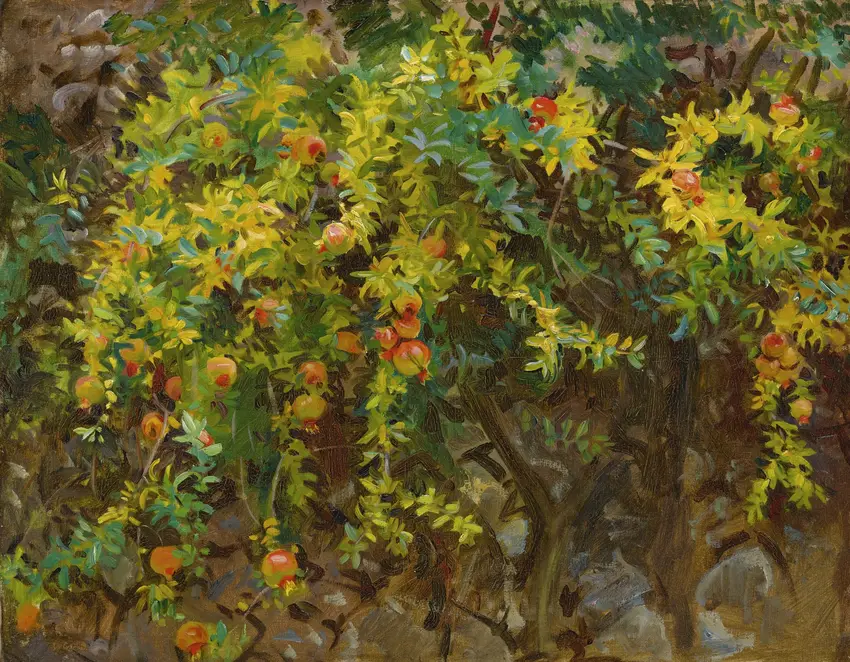Vincent van Gogh’s *Vineyards at Auvers* captures the rolling hills of the French countryside with a restless energy, his thick, swirling brushstrokes turning the landscape into something alive. The sky pulses with movement, clouds twisting like smoke, while the vineyards below stretch in rhythmic rows, their greens and yellows clashing yet harmonizing. Painted during his final months in Auvers-sur-Oise, the work feels urgent—almost frantic—as if he were trying to imprint the very essence of the earth onto the canvas. There’s a tension here, between the tranquility of rural life and the turbulence in van Gogh’s mind, making every stroke vibrate with unspoken emotion.
Small houses nestle among the fields, their red roofs popping against the chaos of the land, a fleeting suggestion of human presence dwarfed by nature’s vastness. The painting doesn’t just depict a place; it channels the artist’s feverish connection to it. Shadows stretch long, as if the sun is racing across the sky, and the whole scene seems to tremble under the weight of van Gogh’s vision. It’s less a view and more a confession—raw, unfiltered, and impossibly vivid.

-full.webp)
-full.webp)
-full.webp)
-full.webp)

-full.webp)
-full.webp)
-full.webp)
-full.webp)